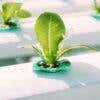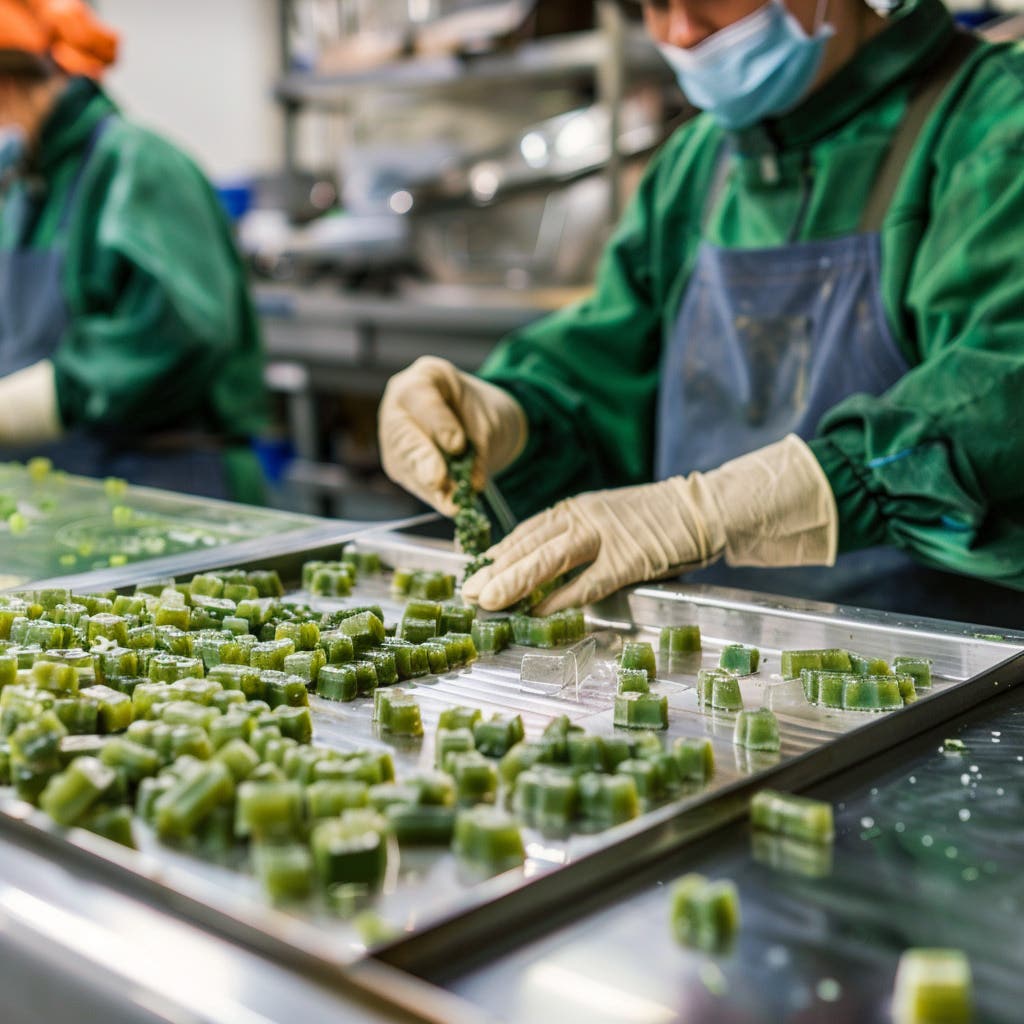Precision agriculture has revolutionized modern farming practices by integrating advanced technologies and data-driven approaches. A key aspect of precision agriculture is precision irrigation, which optimizes water usage, enhances crop yields, and promotes sustainable farming. In this comprehensive guide, we will explore the concept of precision agriculture irrigation, discuss innovative techniques and technologies, and highlight the benefits of implementing precision irrigation practices.
Understanding Precision Agriculture Irrigation:
Precision agriculture irrigation involves the precise application of water to crops based on their specific needs, considering factors such as soil moisture levels, growth stage, weather conditions, and environmental factors. This targeted approach ensures that crops receive the optimal amount of water at the right time, leading to improved water efficiency, reduced water wastage, and enhanced crop health.
Key Techniques and Technologies for Precision Agriculture Irrigation:
Soil Moisture Monitoring: Accurate measurement of soil moisture levels in real-time using sensors enables farmers to schedule irrigation based on plant water requirements, preventing under- or over-watering. This data-driven approach ensures that crops receive the right amount of water at the right time.
Weather-based Irrigation Scheduling: Utilizing weather data and forecasting tools helps adjust irrigation schedules accordingly, optimizing irrigation timing and frequency based on factors such as rainfall, evapotranspiration rates, and humidity. By considering weather conditions, farmers can tailor their irrigation practices to match the specific needs of their crops.
Drip Irrigation Systems: Drip irrigation delivers water directly to plant roots, minimizing evaporation and runoff, and allowing precise control over water application. This technique reduces water waste and promotes efficient water utilization. Drip systems can be further enhanced with pressure regulators and flow meters for accurate water delivery.
Variable Rate Irrigation (VRI): VRI technology enables farmers to apply varying amounts of water across different areas of the field, matching crop needs and reducing water usage in less demanding areas. By mapping field variability and integrating with GPS systems, VRI optimizes water distribution, targeting water where it is needed the most, and reducing water usage in areas that require less irrigation.
Remote Sensing and Imaging: Remote sensing technologies, such as aerial drones or satellite imagery, provide valuable insights into crop health, water stress levels, and irrigation requirements. This data can help farmers identify areas of the field that require adjustments in irrigation management, enabling targeted interventions for better resource allocation. Remote sensing also assists in detecting plant stress and diseases early on, allowing prompt action to be taken.
Smart Irrigation Controllers: Smart controllers utilize advanced algorithms and sensors to optimize irrigation scheduling based on real-time data, including soil moisture, weather conditions, and plant water needs. These controllers automate the irrigation process, ensuring precise and efficient water application while reducing manual intervention. Smart controllers can be programmed to adjust irrigation schedules based on changing environmental conditions, saving water and improving overall efficiency.
Moisture-based Irrigation Triggers: Using moisture-based irrigation triggers helps prevent over-watering by initiating irrigation only when the soil moisture falls below a certain threshold. This approach ensures that irrigation is only applied when necessary, reducing water waste and preventing waterlogging of the soil.
Crop-specific Irrigation Strategies: Different crops have varying water requirements at different growth stages. Implementing crop-specific irrigation strategies ensures that each crop receives the appropriate amount of water at the right time. This includes adjusting irrigation frequency and duration as the crops progress through their growth cycle.
Benefits of Precision Agriculture Irrigation:
Water Conservation: Precision irrigation minimizes water waste by delivering water directly to the root zone, reducing evaporation and runoff, and ensuring efficient water utilization. This reduces the strain on water resources and promotes long-term sustainability.
Improved Crop Yield and Quality: By providing crops with the right amount of water at the right time, precision irrigation enhances crop health and productivity. This results in improved yields,
reduced crop loss, and enhanced overall quality. Precision agriculture irrigation enables farmers to optimize water delivery, preventing both under- and over-watering, which can lead to stunted growth, nutrient deficiencies, and susceptibility to diseases.
Enhanced Resource Efficiency: Precision agriculture irrigation promotes efficient use of resources, including water, energy, and fertilizers. By accurately delivering water to the root zone of plants, farmers can reduce water wastage and minimize the energy required for pumping and distribution. Additionally, precise irrigation helps prevent nutrient leaching, ensuring that fertilizers are effectively utilized by the plants, reducing the environmental impact.
Environmental Sustainability: By implementing precision agriculture irrigation techniques, farmers can contribute to environmental sustainability. Reduced water usage and minimized chemical runoff help protect water sources and preserve ecosystems. The precise application of water also minimizes soil erosion and nutrient loss, preserving soil health and biodiversity.
Financial Savings: Precision agriculture irrigation can result in significant cost savings for farmers. By optimizing water usage, farmers can reduce their water bills and conserve energy, resulting in lower operational costs. Additionally, improved crop yields and quality can lead to higher profits and return on investment.
Challenges and Considerations: While precision agriculture irrigation offers numerous benefits, there are some challenges and considerations to keep in mind:
-
Initial Investment: Implementing precision irrigation systems and technologies may require an upfront investment. However, it is important to consider the long-term benefits and potential cost savings associated with water conservation and increased crop productivity.
-
Data Management and Analysis: Precision irrigation relies on accurate data collection and analysis. Farmers need to establish a system for monitoring soil moisture, weather conditions, and crop health. This requires a combination of sensors, software, and data management practices to ensure the data is collected, analyzed, and utilized effectively.
-
Technical Knowledge and Training: Adopting precision agriculture irrigation techniques may require farmers to acquire new technical skills and knowledge. Training programs and resources are available to help farmers understand the technology and implement best practices.
-
System Maintenance and Calibration: Precision irrigation systems require regular maintenance to ensure accurate functioning. This includes checking and calibrating sensors, maintaining proper water pressure, and conducting periodic inspections to identify and address any issues.
Precision agriculture irrigation is a powerful tool for optimizing water usage, enhancing crop productivity, and promoting sustainable farming practices. By implementing innovative techniques and leveraging advanced technologies, farmers can achieve efficient water management, improved crop health, and increased profitability. Embracing precision irrigation practices not only benefits farmers but also contributes to the overall sustainability of agriculture. With careful planning, implementation, and ongoing monitoring, precision agriculture irrigation can revolutionize farming practices and pave the way for a more efficient and sustainable future.
Note: The information provided in this article is for educational purposes only and should not be considered as professional advice. Adhere to local laws and regulations regarding irrigation practices and equipment installation.














